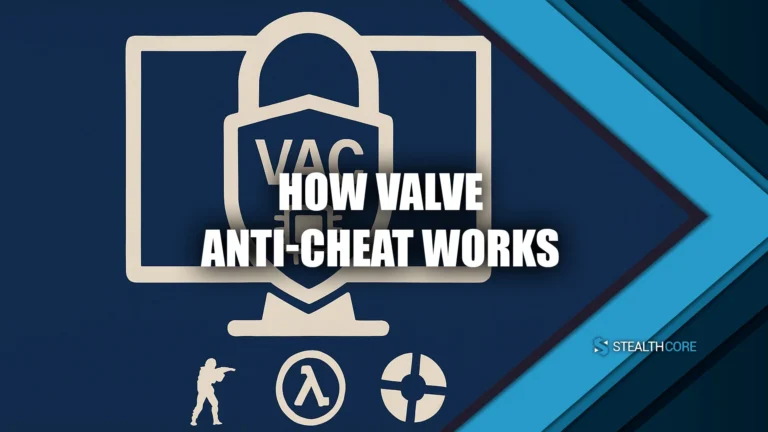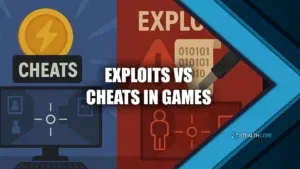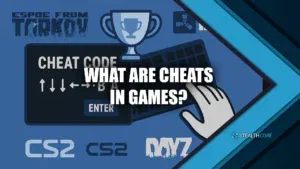Have you ever played GS:GO or Dota 2? If yes, you’ve probably heard of VAC, the Valve Anti-Cheat system that runs behind the scenes. A lot of people find it pretty mysterious. Some wonder how it manages to catch cheaters without flagging them immediately.
What makes Valve different from modern anti-cheat technologies like Vanguard or BattlEye? In this article, we’ll dive deep into how Valve Anti-Cheat works, why it matters for competitive play, and what makes it unique compared to other anti-cheat systems.
So, if you’re a curious player or exploring technical angles, this guide will help you navigate the basics of VAC-protected environments. It’s also worth understanding how some manage to use undetected cheats without major consequences.
What Is Valve Anti-Cheat?
Valve Anti-Cheat is a system made by Valve to keep multiplayer games safe on the Source and Steam platforms.
VAC functions across games such as:
- CS:GO
- Dota 2
- Team Fortress 2
- Day of Defeat
- Deathmatch
It primarily targets unauthorized software that modifies gameplay. While VAC doesn’t function like a live watchdog, it compiles reports, checks for known cheat patterns, and waits until it has enough data before taking action.
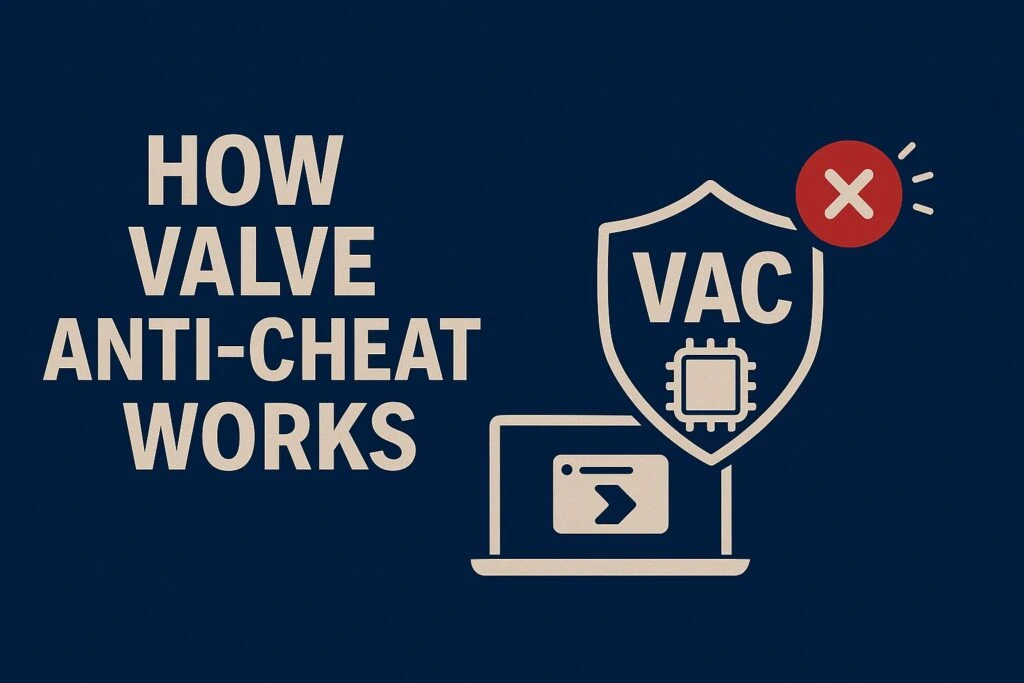
How Valve Anti-Cheat Works
VAC does not ban instantly upon detecting cheats. Instead, it collects evidence over time. This method makes it extremely difficult for developers of cheat software to pinpoint what caused a ban.
VAC detects things like:
- Tampered game files
- Injected dynamic-link libraries (.dlls)
- Signatures of known cheats already logged in its database
Unlike kernel-level anti-cheats, VAC operates mostly in user mode, which means it doesn’t interact directly with your operating system’s kernel.
Why VAC Uses Delayed Bans
A delayed ban may seem counterintuitive, but it’s actually VAC’s most powerful tool. By not banning a cheater right away, Valve prevents developers from immediately identifying the method used for detection. This delay can last from several days to even a few weeks, significantly complicating the processes of debugging and reverse-engineering.
When bans occur, they typically happen in waves that target hundreds or even thousands of users at once. This strategy maximizes disruption while minimizing the exposure of VAC’s detection methods.
What Makes VAC Easier or Harder to Bypass
Not all cheats are created equal, and not all are equally detectable by VAC. Publicly available cheats, especially those shared on open forums, are often reverse-engineered and flagged quickly. Once their signatures are in VAC’s database, anyone using them is just waiting for the next ban wave.
On the other hand, private loaders and custom cheats may last longer, particularly if used by a small group. However, VAC doesn’t need to catch them right away. It’s designed to log behavior and identify patterns over time, so even private cheats eventually become vulnerable if reused or reported.
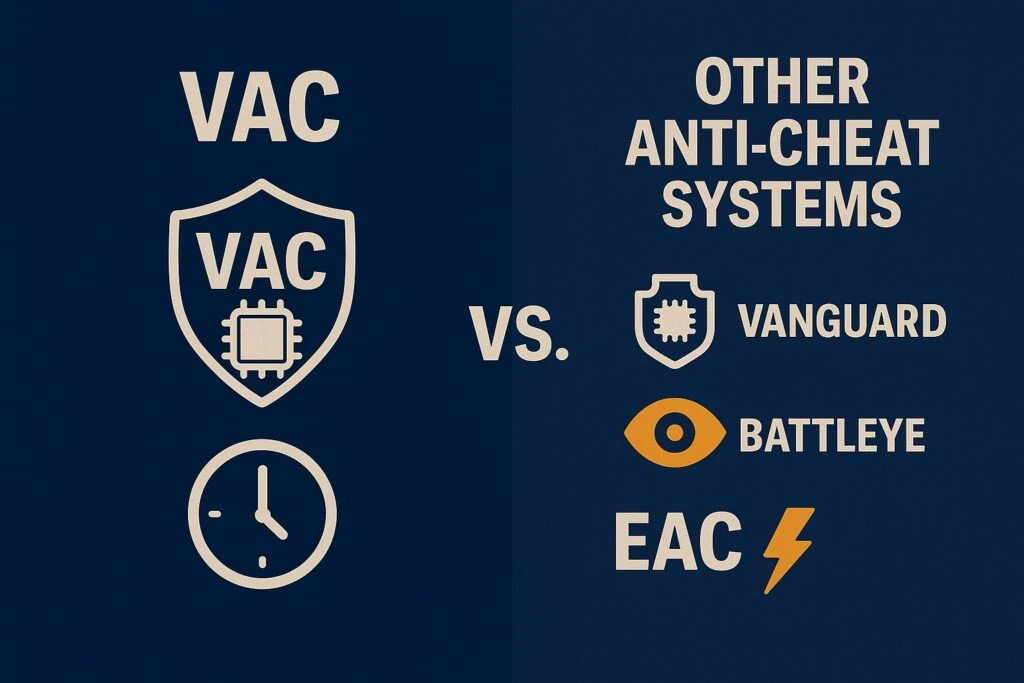
VAC vs. Other Anti-Cheat Systems
Compared to other anti-cheat tools in the industry, VAC is more passive, but also more secretive. For example:
- Easy Anti-Cheat (EAC) is used in Rust and Fortnite, and operates more aggressively, often banning within minutes of detection.
- BattlEye, seen in Escape from Tarkov and DayZ, runs in kernel mode, granting it deeper access to your system but increasing its intrusiveness.
- Riot’s Vanguard, used in Valorant, is an always-on kernel-level tool that launches with your system and monitors even when the game isn’t running.
Unlike those, VAC’s strategy leans heavily on low visibility and long-term surveillance, which helps avoid mass backlash while still punishing cheaters at scale.
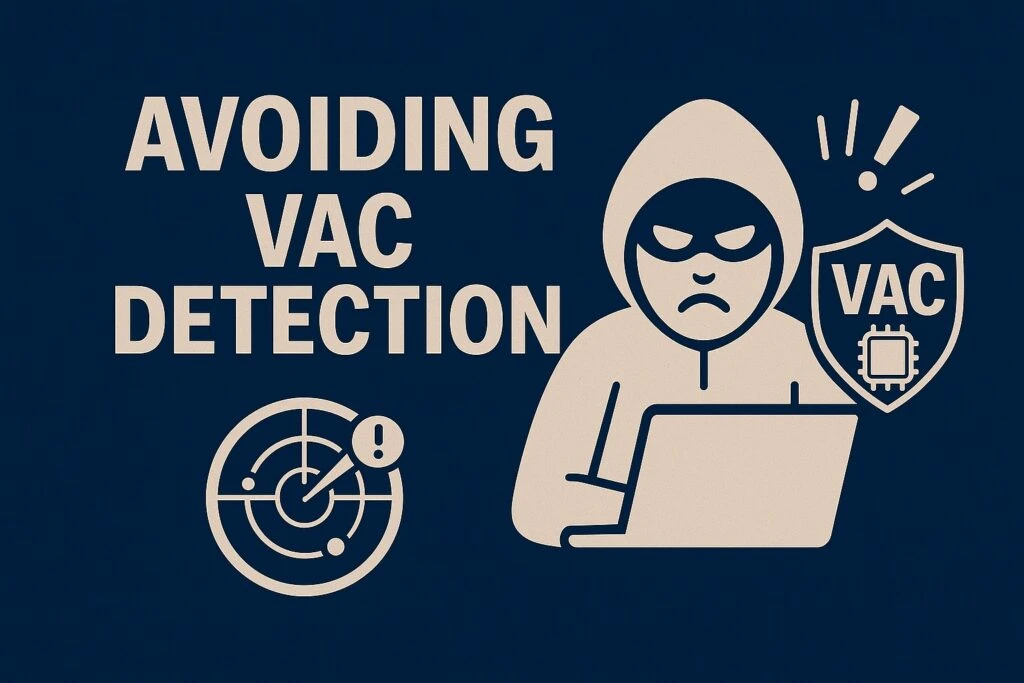
Avoiding VAC Detection: For Cheat Users
While no method guarantees total immunity from Valve Anti-Cheat, users and developers have observed a few practices that help reduce the chances of detection, especially for those who take time to understand how to cheat safely in games.
VAC’s pattern-based system means that the more a cheat is used, the more data it gathers, making public or frequently shared cheats highly vulnerable.
Another frequently mentioned tactic involves staying ahead of VAC’s updates. As Valve silently changes detection rules, users must act preemptively by:
- Regularly updating their cheat software.
- Retiring older or leaked builds quickly before they become part of VAC’s known signature list.
- Understanding how internal behavior tracking works, which is covered in detail in undetectable cheat explained resources.
For CS:GO specifically, the scene is especially competitive, and so is the anti-cheat surveillance. Many opt for curated Counter Strike cheats that are continuously refined to avoid signature detection and trigger-based bans, though they too are not risk-free if distributed carelessly.
FAQ: Valve Anti-Cheat
1. Is VAC always running on my system?
No. VAC only activates when you launch a VAC-protected game. It doesn’t operate in the background when Steam is idle.
2. How long will it take to get banned after using a cheat?
Anywhere from a few days to several weeks, depending on the cheat used and how VAC logs it.
3. Can VAC detect hardware-based cheats?
Generally, no. VAC focuses on software-level manipulation. Devices like DMA cards or modified peripherals typically fall outside its detection scope.
4. Can private cheats be detected?
Yes. While harder to flag, if a private cheat matches known behavior patterns or is used widely, it can be logged and flagged in future ban waves.
Conclusion
To recap, how Valve Anti-Cheat works is less about real-time detection and more about long-term surveillance, behavioral logging, and delayed enforcement. While it may seem less aggressive than other systems, its design makes it extremely difficult to exploit over time.
For players and researchers alike, understanding VAC’s strategy is key to navigating or analyzing Valve’s online ecosystems safely and responsibly.
